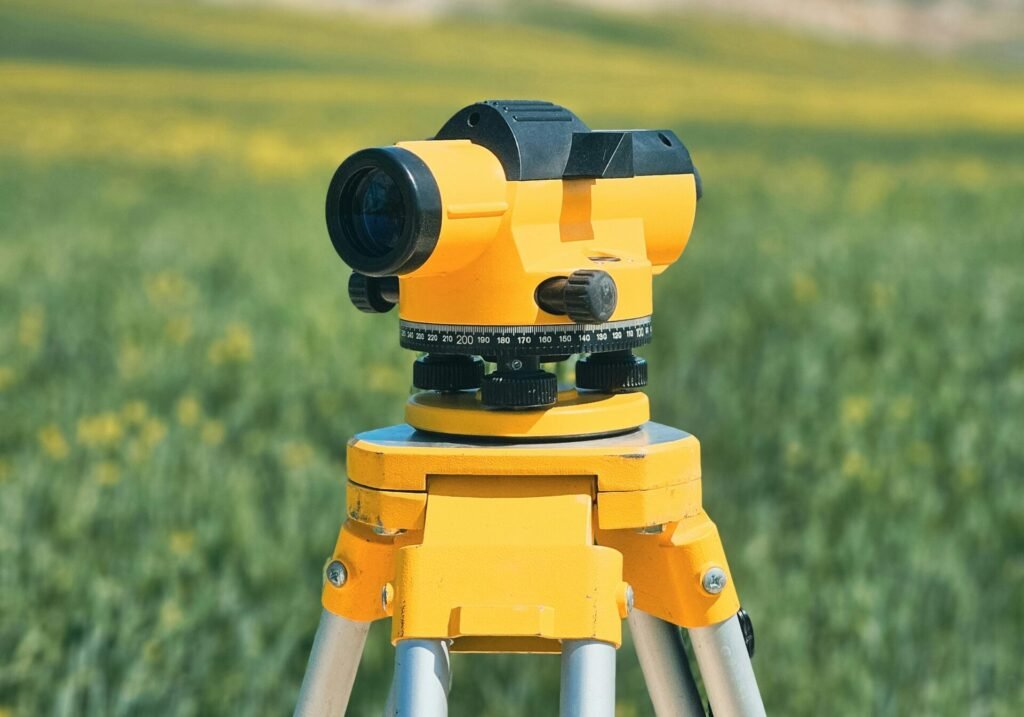Different properties require different types of survey. The appropriate level of survey will in most cases depend on the age, size, condition, complexity and originality of the property. An RICS member can advise on the type that’s right for you.
Level 1
Also known as a ‘Condition Report’, describes the condition of the property, identifies any risks and potential legal issues, and highlights any urgent defects. Typically the lowest-priced survey, it is aimed at conventional properties and newer homes. It will note defects in the property but will generally not provide advice on how to manage those defects. Choose an RICS Level 1 Home Survey if you’re buying a conventional house, flat or bungalow built from common building materials and in good condition.
Level 2
Also known as a ‘Home Buyer Report’ an RICS Level 2 Home Survey is most suitable for conventional properties that are in reasonable condition and are simple in form and layout (for example, a property that does not have multiple alterations or extensions). The report gives you more detailed information about the property, and ideas about future repairs or maintenance that may be required. Choose an RICS Level 2 Home Survey if you would like more extensive information while buying or selling a conventional house, flat or bungalow, built from common building materials and in reasonable condition.
Level 3
Also known as a Building Survey, an RICS Level 3 Home Survey is the most comprehensive survey report. It provides you with a bespoke, extensive, in-depth analysis of the property’s condition and includes advice on defects, repairs and maintenance options. Choose an RICS Level 3 Home Survey if you’re dealing with a large, older or run-down property, a building that is unusual or altered, if you’re planning major works, or just for complete piece of mind.

A detailed inspection and analysis of your property's condition, including concealed areas, construction materials, and potential risks. This service offers insights into defects, maintenance recommendations, energy efficiency, and remedial work priorities to help you make informed decisions.
A thorough evaluation of the property’s condition with expert advice on defects, repairs, and maintenance options.
Services are observed in normal operation (e.g., switched on/off) when safe and permitted by the occupier, but not formally tested.
A detailed description of the property’s construction, materials, and condition, along with an assessment of key defects and issues.
Highlights potential risks or hidden defects in uninspected areas based on visible indicators during the inspection.
Provides expert opinions on the probable causes of identified defects and their implications for the property.
Suggests remedial actions, outlines potential consequences of inaction, and prioritizes necessary work based on urgency.
Specific feedback on the property’s energy efficiency, with recommendations for improvement where applicable.

The Schedule of Condition report records the condition of a building and it is recommended to have one completed and included within a lease, for example, in order to avoid a dilapidation claim at the end of the lease. Previous existing defects are noted at the start of the lease, and therefore existing and potential new defects can be easily ascertained.
The survey is typically included within a Lease to limit a tenant’s repairing obligations to the condition of the property. It is a detailed report with photographs of any defects in order to ascertain the property’s condition and is retained to use at a future time to establish the previous and current condition of the premises in comparison.

If you intend to carry out building work which involves one of the following categories (as specified in the legislation):
• building a free standing wall or a wall of a building up to or astride the boundary with a neighbouring property (section 1 of the Act)
• work on an existing party wall or party structure or building against such a party wall or party structure (section 2 of the Act)
• excavating near a neighbouring building (section 6 of the Act)
You must find out whether that work falls within the Act. If it does, you must notify all relevant adjoining owners. If work starts without a notice being given, an adjoining owner can seek to stop the work through a court injunction or seek other legal redress.
Typical examples of works requiring would be the removal of a party chimney breast or the building of an extension at the boundary of a property.
A Surveyor will act for each party involved, ie. the property having works undertaken, and any property adjacent that may be detrimentally affected by the proposed works. This ensures that due process has been followed under the Act, and a fair outcome for all parties involved is achieved when the Party Wall Award (agreement) is concluded between surveyors and their clients.
Ultimately, the award would confirm that no damage has been caused to the neighbouring property by the works undertaken. Or conversely, should damage occur, this would be clear based on the award which could then can be used in legal damages proceedings.

Should you have a potentially serious specific issues, for example specified in a Mortgage Valuation Report, such as cracking to walls, sagging to the roof, indicating potential structural problems, then obtaining an Expert Witness Report from a Chartered Surveyor is strongly recommended.
The Surveyor will provide an independent bespoke assessment of the potential issue, and produce a report on the issue specifically, including what amount of work is required to correct the issue. This could range from repointing of brickwork, strengthening of roof timbers, to underpinning foundations or replacement of a whole roof structure. This report can then be used in potential court proceedings if required.

A drone survey involves recording visual images from a drone that cannot be seen during a survey, for example, a large / complex roof with areas that cannot be seen from external inspection. The Surveyor will then examine these parts of the property from the photographic evidence, and produce a report based on the findings, which may also be in conjunction with the overall visual survey or as a specific separate item.
In order to operate a drone professionally the surveyor will at the very least need to have registered and obtained an "Operator ID". If the drone is above 250g, the operator will also need to undertake an exam to obtain a "Flyer ID". Before commissioning a drone survey, you should check that the surveyor has the relevant accreditations to be able to undertake the work legally.
Thanks for visiting our comparison website, we are always looking to improve and make it better for you, why not get in touch with your suggestions
Enter your email and one of our team will send you some details on how to join our network of Surveyors.
Your Company — 2024 All Right Reserved